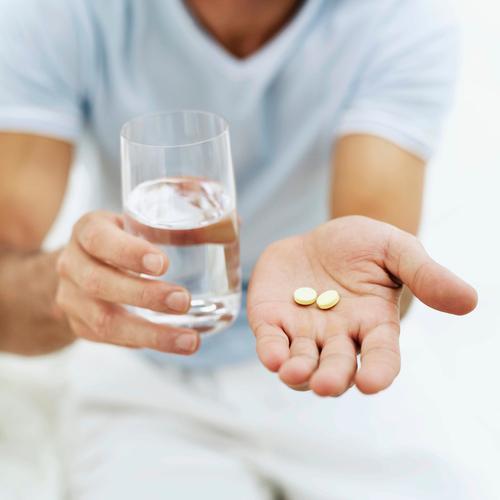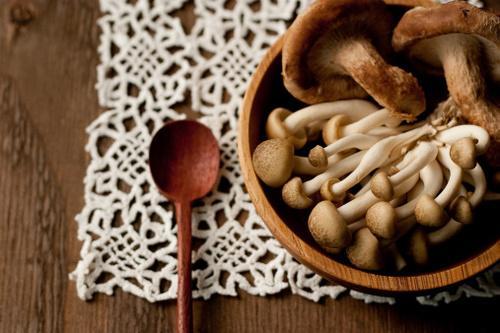
7 Morning Drinks for Body Detox
Body detox drinks are important from two points of view: first, they can help you shed pounds in a natural and side-effect-free manner, and second, they will flush out all the toxins and harmful chemicals gathered inside your body throughout the months. Besides this, these detox drinks usually help your body replenish the natural supply of minerals and vitamins, given the fact that most of them rely on natural fruit juices. Regardless of why you have decided to switch to a more natural lifestyle and to add a glass of fresh detox drink to your diet, here you will find seven of the most efficient and sought-after morning drinks for body detox:
1. Mango and Pineapple Smoothie
There is no better or healthier way to start your day than with a glass of freshly squeezed mango and pineapple smoothie. Fresh, delicious and filled with nutrients of the highest quality, this smoothie will deliver all the valuable minerals and vitamins your body needs to work correctly, and it will also give you an energy boost for the entire day. Besides this, the mango and pineapple smoothie will give your body a fresh antioxidant intake that will help it fight off the harmful effects of free radicals, and it will also help you naturally purge all the toxins that have built up in your intestines. This is a tropical drink and a natural source of antioxidants – have one of these smoothies each morning and you will feel the difference within less than a week!
2. Dark Leafy Greens Juice
Most of us are not very fond of vegetables, especially dark leafy greens, even though we are well aware of all their health benefits and outstanding nutritional properties. However, if you do not like to eat your greens raw, then why not turn them into a shake or juice them with your kitchen juicer? Not only is this easier than eating them, you can also combine the greens with various ingredients to make them taste even better. These dark leafy greens are an essential part of our diets, since they will keep your body well hydrated (hydration is the key to an effective detox diet and also to healthy and good-looking skin) and it will also deliver all the phytonutrients your body needs. Besides, you have a plethora of greens to choose from, from collard greens and spinach to delicious cucumbers that you can juice within seconds – your body will certainly be grateful for your choice, both now and later in life!
3. Green Tea Detox Smoothie
Green tea has been used for thousands of years for its outstanding health benefits, and this is precisely why it is still widely used today – especially in Asia. So what is better than enjoying a fresh cup of green tea each day? Drinking a citrus and green tea detox smoothie that will double the benefits of this detox drink! As you may already know, most fruit smoothies are green-tea-free, but by adding some green tea to your delicious citrus juice, you will only boost its effect and support the antioxidant intake. This will speed up your metabolism, increase your potassium and fiber intake, and also support the natural detoxification process. This drink is particularly important for those who have abused alcohol or who haven’t had a proper detox diet in years, and who are afraid of the negative effects that chemicals have on their bodies in the long haul.
4. Watermelon Juice
This is a very versatile and tasty drink, which you can enjoy either with watermelon or with cucumber, since they are equally beneficial. The recipe is very simple, and the preparation time is less than five minutes – all you need is a few slices of watermelon or one or two medium-sized cucumbers, some lemon or lime, a couple of mint leaves, and fresh water. This is perfect if you want to get rid of the toxins lurking in your system and if you crave a fresh and nutritious drink on a hot summer night. This is an intensely flavored drink that will help you purge toxins, thanks to the citrulline contained in the lime and the watermelon. This particular compound will support the correct functioning of your liver and kidneys, and it will help your organs get rid of the ammonia and all the other harmful chemicals while increasing your energy levels at the same time.
5. A Morning Detox Routine With Lemon and Warm Water
This is a rather unconventional lemonade, as it involves a few cups of warm water rather than cool water. All you have to do is to squeeze the juice out of half a lemon into two cups of warm water, and drink this lemonade first thing in the morning, before your breakfast. After that, you can go on with your daily meals as usual – this is one of the best morning detox drinks you can ever get. However, if you are on a tight schedule, then you can prepare this drink the night before and only slightly heat it up in the morning. For the best results, you should stick to this morning detox routine for 21 days.
6. Cinnamon and Apple Cider Vinegar Drink
This is yet another popular morning detox drink that involves stevia, cinnamon, lemon juice, icy cold water and some apple cider vinegar. If the water is not cold enough by default, then you can even add a couple of ice cubes to the mix. The water should be cold because your body will burn more calories trying to heat the water up than it would if the water were already warm – this is very important for those who want to adopt a detox diet to lose extra weight and to purge their bodies of toxins at the same time. All you have to do is to mix 16 ounces of cold water with some ice cubes, then add one or two tablespoons of apple cider vinegar, the juice of one full lemon and then a sprinkle of stevia and cinnamon – with the latter being used just to add to the taste of the detox drink. Enjoy!
7. The Master Cleanse Diet
The supreme morning detox diet is the well-known Master Cleanse Diet that has become very popular after Beyoncé used it for her role in Dreamgirls. The recipe involves a pinch of Cayenne pepper, one tablespoon of maple syrup, two tablespoons of lemon juice and some warm water. The Master Cleanse Diet is perfect for weight loss and for detoxifying your liver and your body overall.
These are seven of the most commonly used morning detox drinks to clean your body from the inside out. Try them out and feel the positive effects yourself!
Source: World Health Info
















